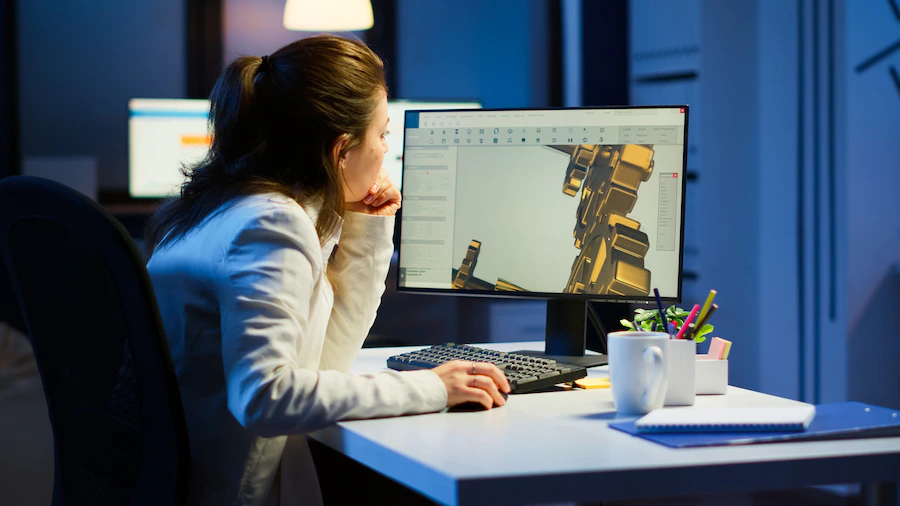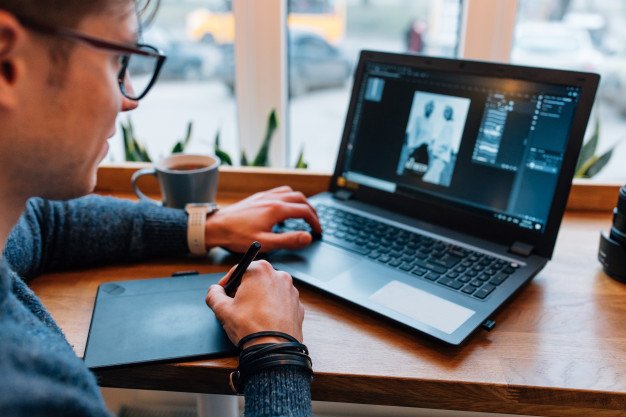You are now ready to launch a new product to the market- where do you begin? You must consider many factors before letting your customers try out your product. One of the crucial processes is known as prototyping. UX designers develop a model that will test its usability and evaluate its functionality – a functional app prototype.
Many UX services offer are ready to help business owners and organizations develop prototypes. You need a professional UX team to work seamlessly, identify the product’s gaps, and enhance user experience. As for app design costs, you can read more in Eleken’s article.
If you want to launch any successful product, you need to employ the best UI and UX designers for the job. When it comes to interacting and engaging with tech products, user experience and interaction is a top pre-requisite. By working with the professional UX design agencies in San Francisco, you will be able to create better, more efficient, and productive products that are loved by your customers whether you operate in the B2B or the B2C niche.
Besides enhancing product quality, prototyping mitigates the risks involved in web development. Therefore, creating a prototype is a crucial step in product development. It is a process that brings the design concepts to life.
This article examines the importance of prototypes to show why you need to create one for your web product.
Contents
What Is a Prototype?
During web development, the UX team creates a model of the product. This mockup replicating user interaction is known as a prototype. It is a design phase that shows how the product will function from the entry point to the various sections. This layout helps the client to understand the design direction and the overall approach.
The primary purpose of creating this mockup is to gather feedback and improve on the design flaws. However, the reasons might vary for many designers, depending on the project goals and business needs.
You can use different design programs to create the mockups, such as Adobe XD, Sketch, Figma, and Webflow, among many others.
But how do you know how to rate the quality of a prototype? An effective prototype has an appealing representation, accurate details, and interactive features.
It is important to note that prototypes are not final; it undergoes continuous improvements depending on the user feedback.
Why Prototyping is Important
Since you now know what a prototype entails, let us explore why it is an essential process in user experience design.
1. Better Outreach to Clients
The web development industry is quite competitive since many companies and large organizations want different web products. Thus, you can use a prototype to convince clients that your development team is up to the task and can deliver impressive products.
Talk is cheap, and most clients will go for an agency with a realistic mockup of what they want. Your web design firm has a higher chance of landing a client if you develop a detailed prototype.
This will show your commitment level and preparedness to accomplish the project. Besides, it is a fun process that brings out your creative side compared to written documentation. Therefore, develop a flawless prototype and land that huge product development contract to gain a competitive edge.
2. Accurate Feedback
Developing a prototype is important since it saves you a lot of frustration in changing a product. Sometimes a client might come with different expectations after you have completed the development phase. These changes will consume time and resources that you could have avoided if you had a detailed mockup.
Thus, it is advisable to have a prototype that displays the final product. It will help you gather accurate feedback and additional requirements from your client. They will have a better understanding of the final product.
3. Enhanced Design Process
Creativity does not happen once; you have to change the first design until it suits your product objectives. Developing a prototype ensures you achieve the desired results. Prototyping does not need much time and money; thus, you can change it many times until you are satisfied. This iterative process will help you improve the model and create stellar products.
4. Better Project Planning
Most design teams often focus on short-term goals to complete the tasks. This approach might be detrimental to the entire project because they do not plan it accurately from the beginning to the end. But developing a prototype solves this problem.
You can plan your projects better since you have a precise idea of what you want and can accurately calculate the resources required for completion.
5. Client Satisfaction
The product development process is transparent; the customer gives the product requirements, and the team does the work. After completion, the client checks the work and makes corrections or closes the project if they’re satisfied. However, this model does not involve the client 100%, and there will be many communication gaps.
Prototypes work much better as they encourage client interaction and allow room for communication. You can follow the progress and give intermediate feedback to avoid costly errors and revisions afterward.
6. Less Frequent Modifications
Completing projects without prototyping might seem fast. Still, making any changes to an already finished product is expensive and frustrating, especially with a team of freelancers. It usually has negative consequences.
Therefore, take time to create a mockup and engage the client for feedback before proceeding to the development phase. You can easily alter a prototype compared to a finished product. Thus, avoid these modifications by presenting a detailed prototype and confirming every essential aspect of dev work before it gets done.
7. Better Work Morale
Many people love to procrastinate when a project arises. The team might postpone starting projects even at design agencies, especially if they don’t understand the product and client’s needs. But with a prototype in place, the team will be motivated to start the design process right away, as they have a set of workable tasks and milestones.
8. Stellar Final Product
When the client gets a prototype, they provide feedback on improvements. This is an effective approach to making the web product better with every iteration. With ongoing changes and revisions of the product design, the team and the client better grasp the progress.
They can continually revisit the initial specifications and make adjustments to stay on track with the original business idea. Even large-scale changes surfacing underway can be implemented quicker and cheaper at the prototyping stage compared to the final product’s revision.
Final Word
The design phase is not complete without a prototype. Develop accurate prototypes if you want to create a top-tier product with an exceptional user experience. Thus, prototyping is a win-win situation, as your client will know what to expect from the final product, and the team will simplify the development process.
Read Also:























